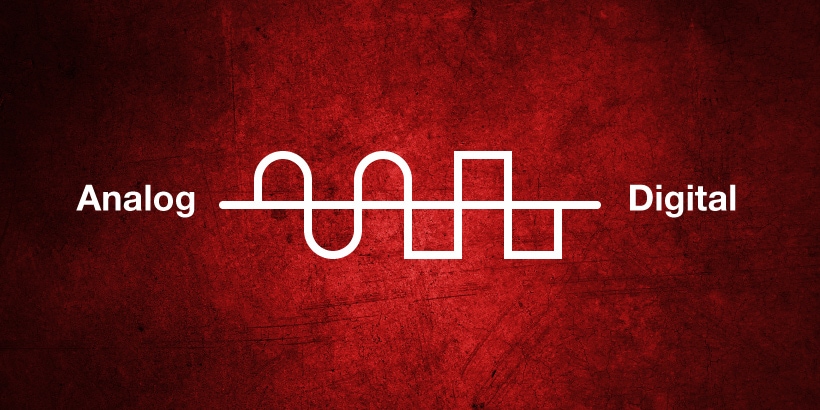The following table highlights the basic differences between analog and digital −
| Analog | Digital |
| Its functions on physical analog system. | It functions on discrete numbers system. |
| The calculations in this system are primarily converted to equations and later converted into electrical signals. | The calculations in this system are converted into binary numbers (i.e., 1s and 0s). |
| To function, it requires physical analog. | To function, it requires discrete numbers. |
| It gives output in the form of ‘graph’. | It gives output in the form of discrete values. |
| Accuracy comparatively is less. | Accuracy is very high. |
| Performs at a low speed. | It performs at a very high speed. |
| Difficult to make changes, as it is less flexible. | It is highly flexible. |
| It has memory of low capacity. | It has memory of high capacity. |
| Its application is limited to certain applications. | Its application is applicable to a number of applications. |
| It is hardly applicable for the business applications. | It is very much suitable for the business applications. |
| It cannot process alpha-numeric data. | It can process alpha-numeric data. |
| It requires RF technology. | It requires IP networking. |
| Static channel assignment. | Automatic channels exist as required. |


